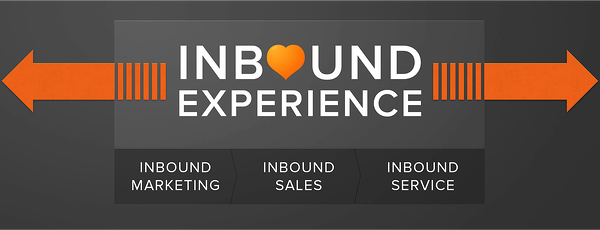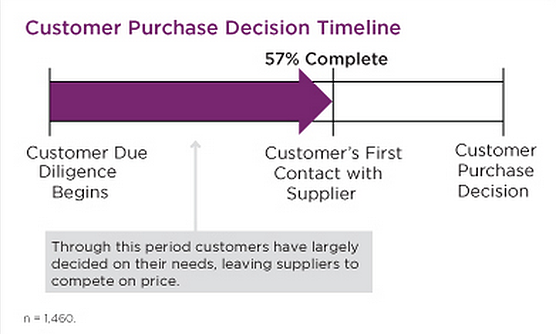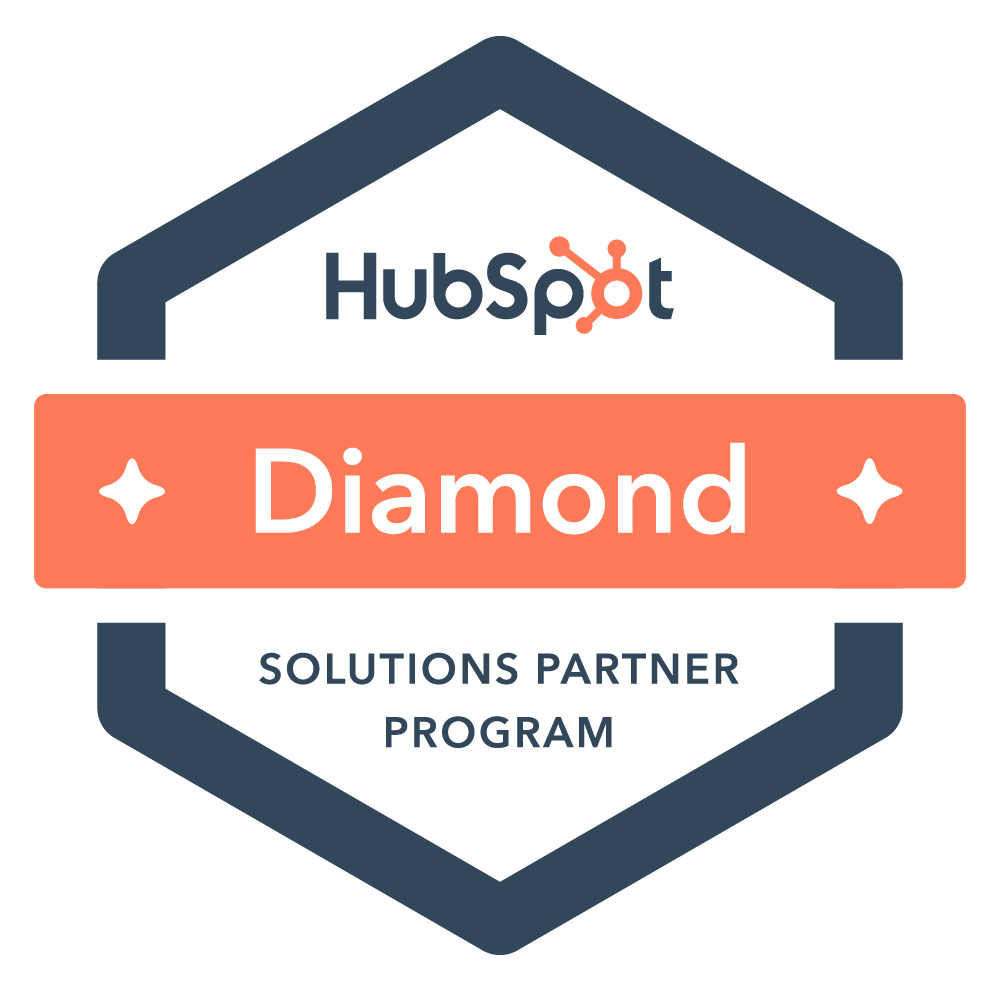
With the announcements out of Inbound 2013, there was a big shift in terms of strategy announced for HubSpot as a company - inbound marketing (alone) is not enough, and inbound sales and customer service are competencies that must be embraced. While that positions the company in an interesting new way, what’s more important to many companies is how the sales process has fundamentally changed alongside the shift to inbound marketing, and the big opportunities it introduces.
Even among companies that are more advanced when it comes to sales, It can still be unclear about how much the sales process has changed. There are three big numbers that help to explain this shift.

First, is the Zero Moment of Truth (ZMOT) research from Google. It’s some of the most profound research out there on how smartphone connected customers make purchasing decisions. Just to recap, it says that between 2010 and 2011, the amount of sources of information a consumer looked at before making a purchase doubled from 5.2 to 10.4 sources. That’s across all industries and age groups. So if you’re selling something more complex than average, they’re likely looking at more sources of information before purchasing. This is an incredible number.

Source: The Corporate Executive Board
Second and equally interesting is a study that finds that the average customer is 57% of the way through the purchasing process before they reach out to a salesperson. Combine that with the ZMOT stat above, and a bigger picture emerges.
Prospects want to research things for themselves, and then once they feel like they know enough, they reach out to a salesperson. Your company is either making that easier or harder, depending on the resources you are providing.
There’s one final stat that makes that clear. A recent Harvard Business Review Article discussed some new research done around the sales process. In it, they find that the sales experience drove 53% of the purchasing decision, versus the actual product itself. This was among all B2B buyers.
The combination of these three stats help to underscore the fundamental shift in the whole business development process and highlight the opportunity for those who recognize it sooner. The shift towards customer empowerment has been a long time coming, and most of us consider it to be a great thing. To see how, just think about how the car-buying process has improved over the past decade. A potential car-buyer now has just as much information (if not more) than the salesperson. They don’t go into a dealership until late in the process and by then know exactly what questions to ask and how much they expect to spend.
Your customers are doing the same thing, whether you realize it or not. There’s many sources of information that they can pull from online and they’re out reading the reviews. The good news is that there are huge opportunities for companies that recognize this shift and adjust for it.
Some of the best ways to take advantage of this are:
- Treat your marketing like a massive education opportunity. Make sure that there are multiple entry points for how someone can start learning about your company.
- Regularly meet with your sales team to see what questions keep coming up when talking to prospects. Any answers they have mean that there can be more content around those topics. It also helps your sales team with content that they can use during the sales process.
- Track all of your content to see what’s most beneficial to prospects, and to see what converts the most. If you want to be really advanced, study how certain content leads to prospects becoming actual customers.
For most companies, working with this trend will generate a lot more positive results than working against it. By making sure that marketing and sales are aligned, advanced companies can not only see what types of content get the best results, but actually work to map out the customer education process so that a salesperson adds value to it, as opposed to just taking up a prospects’ time.
The important points to take away are that most of the sales process now happens before people reach out to a company. Successful companies will have to adjust for this and ensure they have greater marketing and sales alignment. The company of the future is one that recognizes that buyers are empowered and works to provide lots of content and combined with a value-added sales process.
Looking to get started with Lead Generation?


















